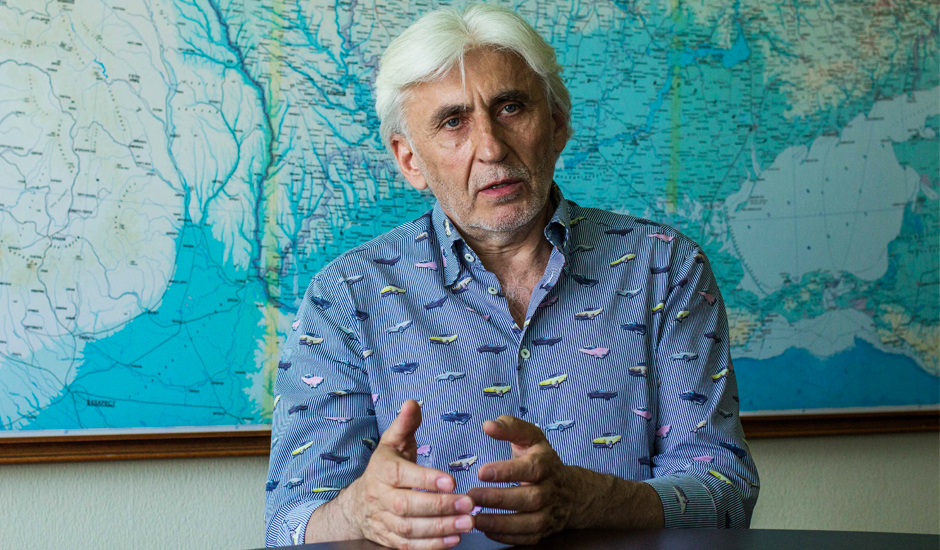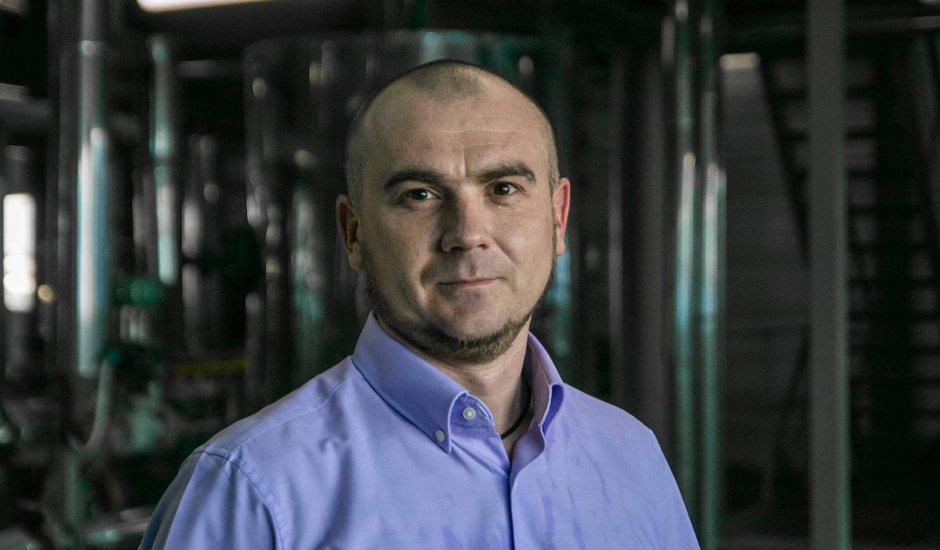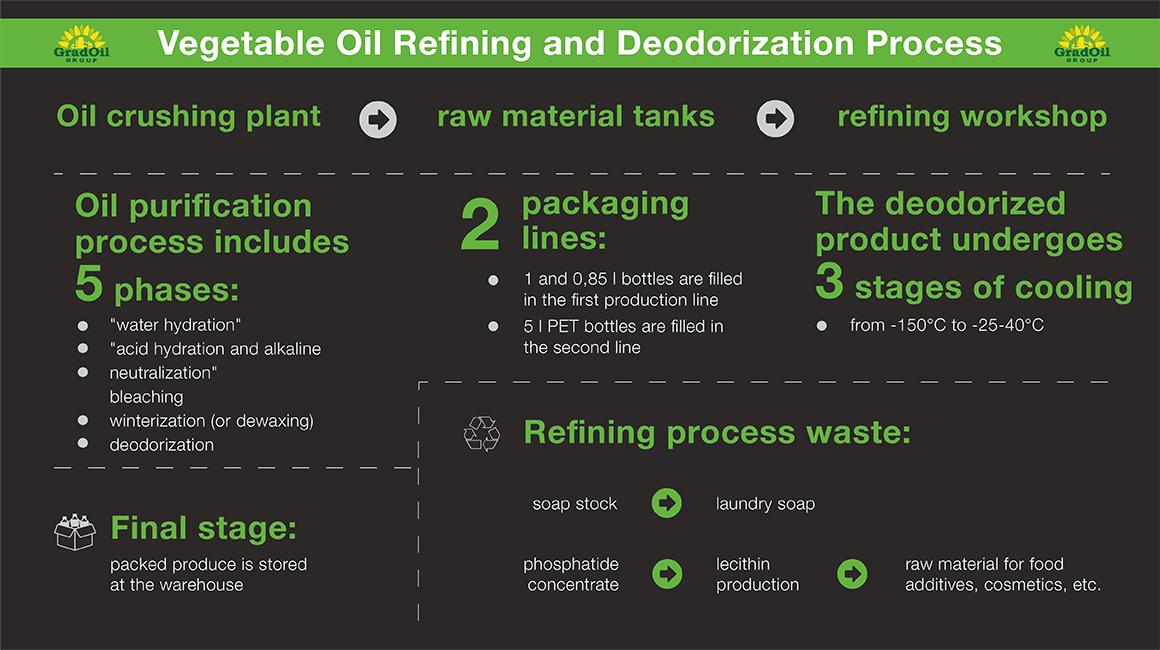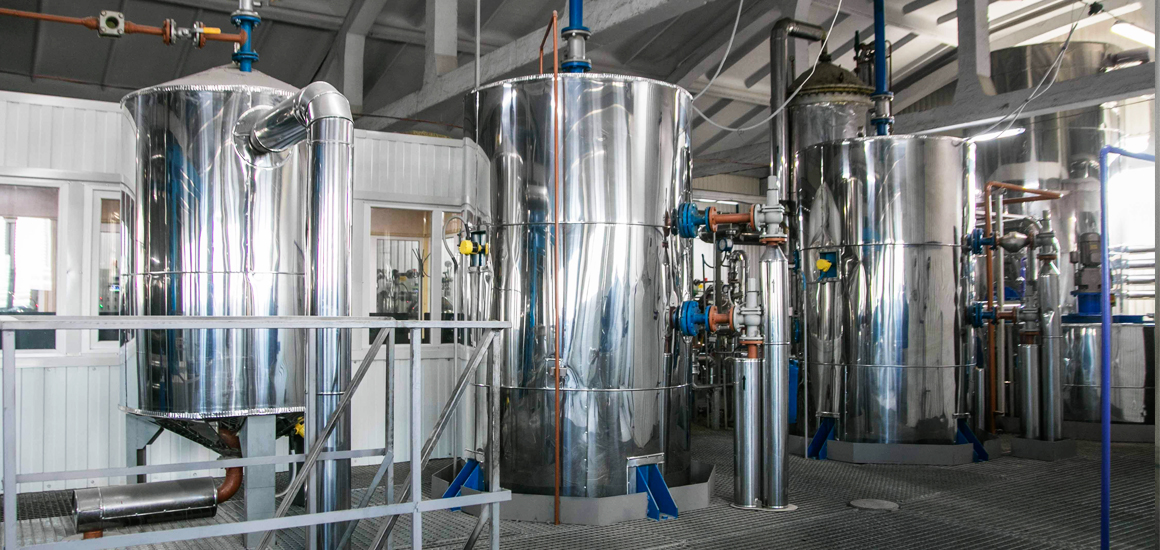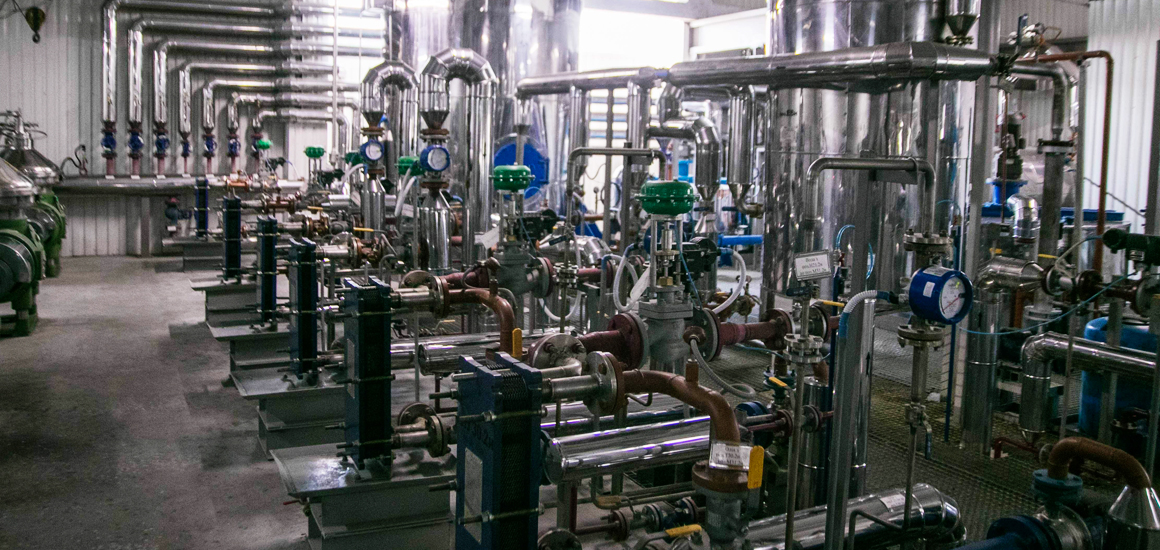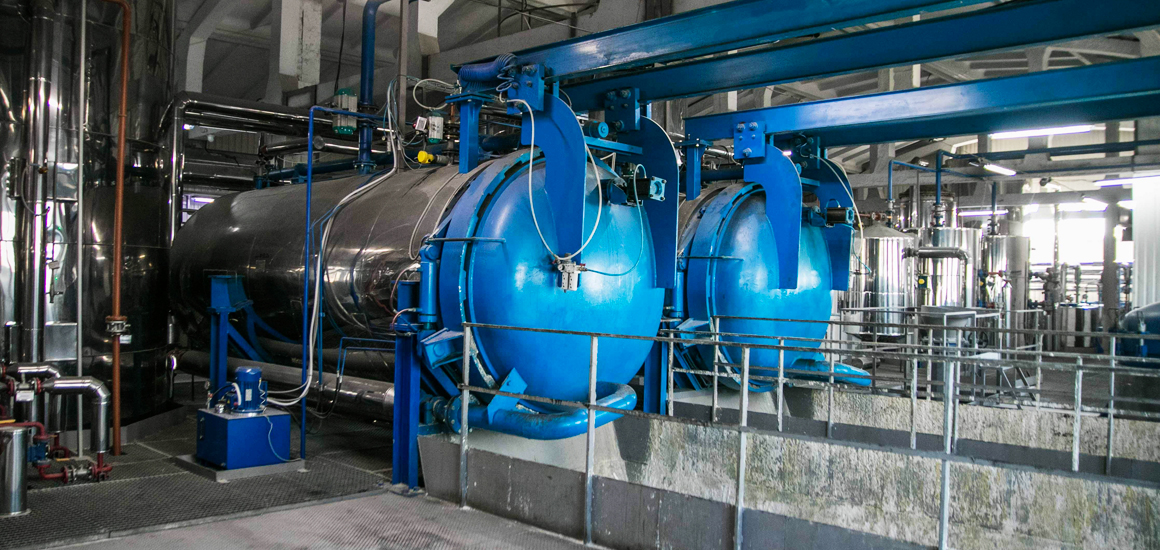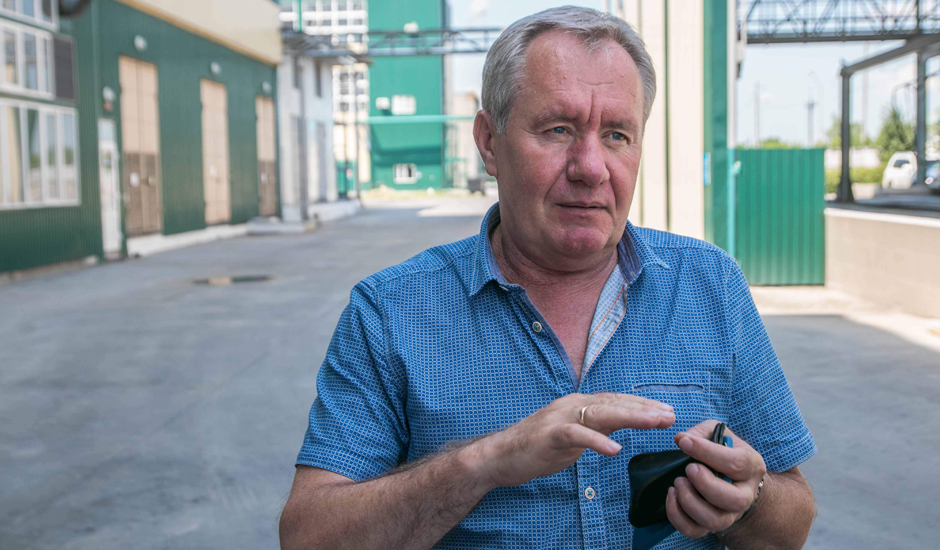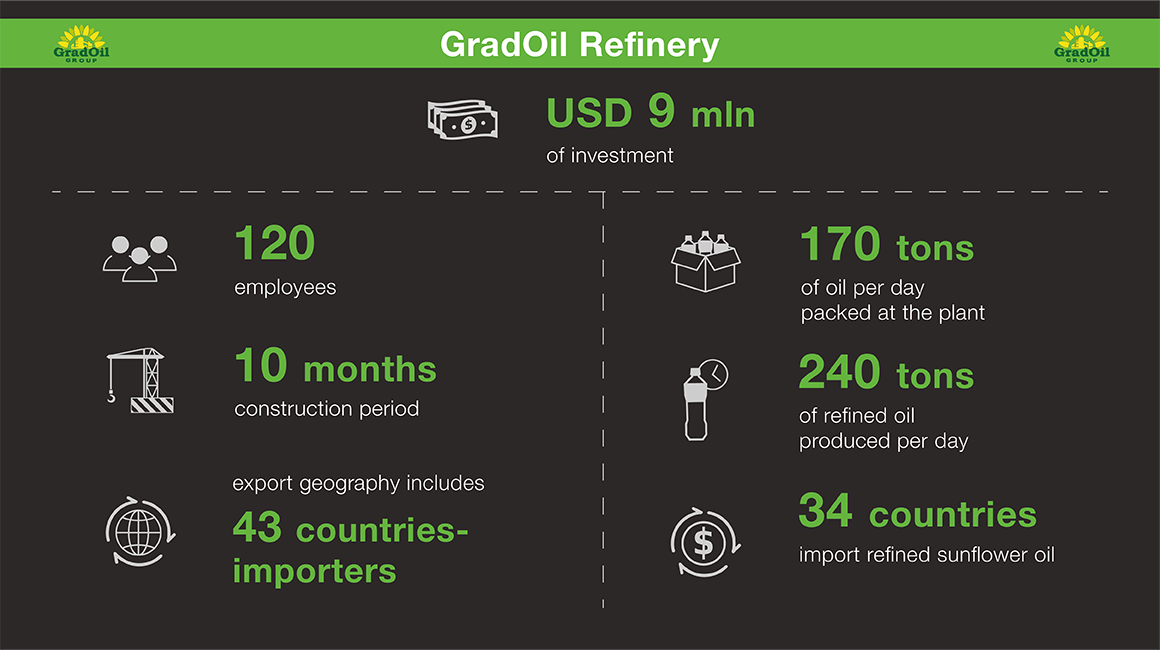In Ukraine, politicians and economists cannot but talk about the country's
"raw material curse." While the civilized world manufactures value added products, Ukraine produces raw materials only. And even our key industry, the production of sunflower oil, which preserves the world leadership, gets beans.
"We sell vegoil in bulk, in the West it is refined and packed, and we are satisfied with the least we get," sound the remarks towards the fat-and-oil industry. Yet we know that the reality is very different, and there are plenty of successful examples of oilseeds processing in Ukraine. One of them is the
GradOil Refinery in Kropyvnytsky.
Back in 2012, an oil crushing plant was built there, specializing in two crops processing — sunflower and rapeseed. However, over time, the company came to the fact it had to start the extensive processing. Within the year 2017, the USD 9 million oil refining and deodorization facility was constructed in 10 months.
